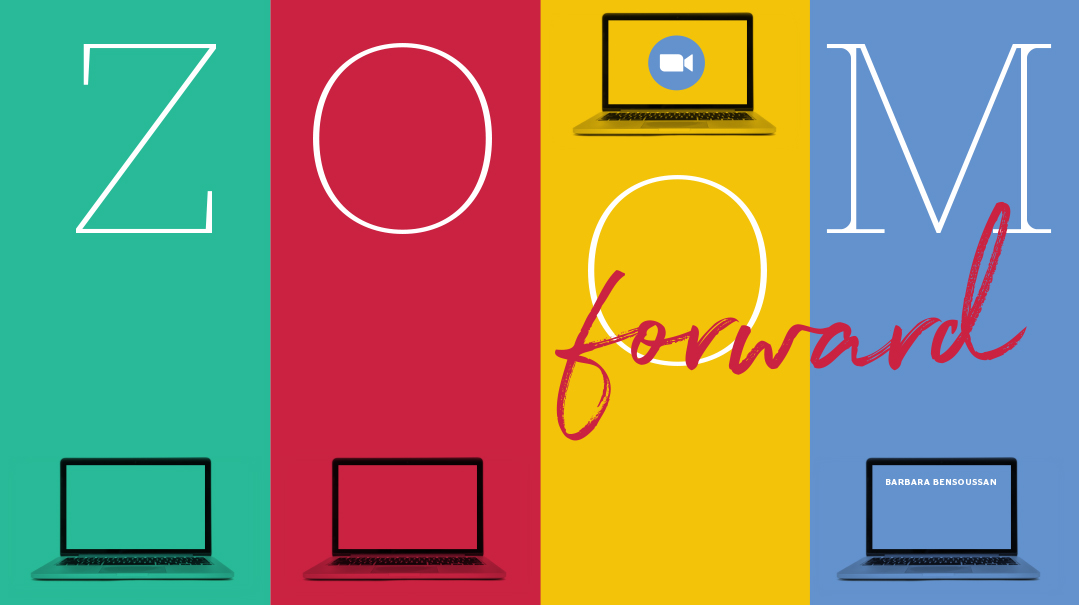Zoom Forward

How to harness the potential of Zoom

When the country went into lockdown, school teachers went into Zoom mode early on. Other sorts of teachers soon hopped on the bandwagon and realized their classes were no longer limited by geography. Alyse Bayles started giving art classes in Passaic a few years ago. She realized she could continue teaching via Zoom. In fact, she now accommodates girls not just from Passaic, but other cities as well. Guitar teacher Marcella Marcus in south Florida reports that she was happy to expand her roster of students beyond her immediate area.
Family First writer Esther Kurtz had always wanted to teach a fiction writing class, but had been limited by space considerations. She didn’t have a large room in her home for gatherings, and renting a space wasn’t cost-effective. On top of this, she lives in a relatively small community, so the population of aspiring fiction writers is limited. “It seemed like a pipe dream,” she says.
But when the world switched into digital mode, she grasped the potential to make her dream a reality: She would do her class through Zoom, hoping her name recognition would pull in clients; she could set herself up in a corner of the house where she looked most professional. (Who’s to know if you’re in your kitchen or your child’s bedroom?)
“It wasn’t easy to create a business from nothing,” she says. “I reached out through email marketing and LinkedIn, which is a whole world in itself! I learned from a lot of people there.”
She hoped to get about eight students. In the end she got 20 — with another ten put on a waitlist for the next session. They came from all over: Passaic, Far Rockaway, Miami, and Brooklyn. Now, she reports happily, “Due to the success and demand, I’m developing a membership site with a writing-resource content library, as well as live elements and a community component.”
When COVID hit, Suzanne Spaner’s job vanished. She’d made a career of organizing professional events, usually at conference centers and hotels. And none of that was happening anymore.
But technology allowed her to reinvent her job on a virtual platform. She teamed up with some partners to create virtual events using a platform called Purple Virtual (like a gaming app, where avatars can move through conference rooms and exhibit halls, as well as joining soccer games and boat rides). She also works with partners to livestream, develop content, and incorporate virtual entertainment, like celebrity chefs to do cooking demos, game show team building, and a wealth of additional creative options.
She found that the upside of such virtual events is the ability to bring in more people from a larger range of cities. She believes people will be eager to go back to in-person events when the pandemic subsides, but the virtual platform has given her an additional option to offer clients.
Oops! We could not locate your form.













